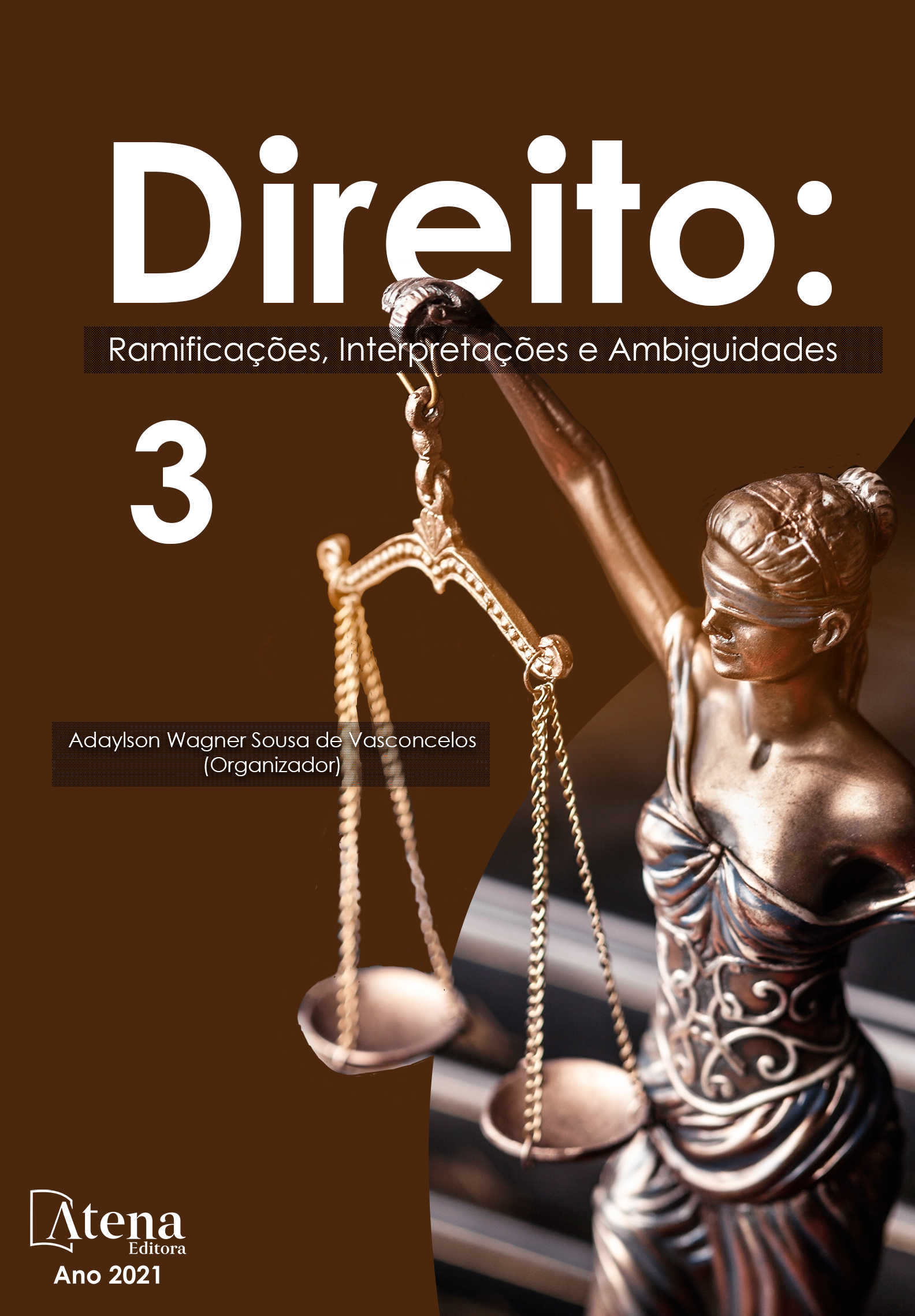
ORTOTANÁSIA: DEIXAR MORRER OU TENTAR FAZER VIVER? E A RELAÇÃO ENTRE A “MORTE DIGNA” E O PRINCÍPIO DA DIGNIDADE DA PESSOA HUMANA
O direito à vida não constitui um dever de meramente existir, mas, sim, um direito de viver uma vida digna, com qualidade, bem-estar físico, mental e social. A morte sempre existiu, no entanto, vem diminuindo significativamente, tendo em vista o aumento da expectativa de vida dos brasileiros e o fato de a medicina vir buscando a cura para todos os males que contornam a vida, utilizando de métodos científicos que vem evoluindo com o passar dos anos, no entanto, existe uma limitação até mesmo para este avanço. Levando em consideração a impotência da medicina em alguns casos, existem discussões a respeito do direito de viver e morrer dignamente. A pergunta que paira sobre a mente de muitos é, o que deve ser feito quando não há cura para alguma doença que atinge o indivíduo? No Brasil não temos uma legislação sobre tal tema. O artigo em questão busca explanar o direito a morte digna, como sendo um direito implícito em nossa Constituição Federal de 1988, tratando o conflito que passa a existir entre a inviolabilidade da vida, bem como o principio da dignidade da pessoa humana e sua relação com a morte digna. Através dos estudos realizados no presente trabalho, pôde-se perceber, que a ortotanásia não viola o direito a vida, constituindo um direito fundamental implícito, visto que busca preservar a dignidade do paciente em estado terminal, além de proporcionar uma morte digna ao paciente.
ORTOTANÁSIA: DEIXAR MORRER OU TENTAR FAZER VIVER? E A RELAÇÃO ENTRE A “MORTE DIGNA” E O PRINCÍPIO DA DIGNIDADE DA PESSOA HUMANA
-
DOI: 10.22533/at.ed.86121150321
-
Palavras-chave: ortotanásia, morte digna, dignidade da pessoa humana
-
Keywords: Orthothanasia, dignified death, dignity of the human person
-
Abstract:
The right to life does not constitute a duty of merely living, but the right to live a life with dignity, quality, as well as physical, mental and social well-being. Death has always existed; however, it has decreased significantly, due to an increase in life expectancy of Brazilians and the fact that medicine keeps seeking a cure for all evils surrounding mankind, utilizing scientific methods that have been evolving over the years. However, there is a limitation even for these advances. Taking into consideration the inability of medicine in certain cases, discussions about the right to live and die with dignity arise. The question that hangs over many people’s heads is: what should be done when the cure for some illness that strikes an individual does not exist? In Brazil, there is no legislation about such an issue. The article in question seeks to explain the right to a dignified death as being an implicit right in our Federal Constitution of 1988, addressing the existing conflict between the inviolability of life, as well as the principle of human dignity and its connection with a dignified death. Through the studies performed in this assignment, you will see that orthothanasia does not violate the right to life, constituting a fundamental implicit right, since it seeks to preserve the dignity of a terminally ill patient, besides providing a dignified death to the patient.
-
Número de páginas: 22
- Maria Carolina de Almeida Neves


